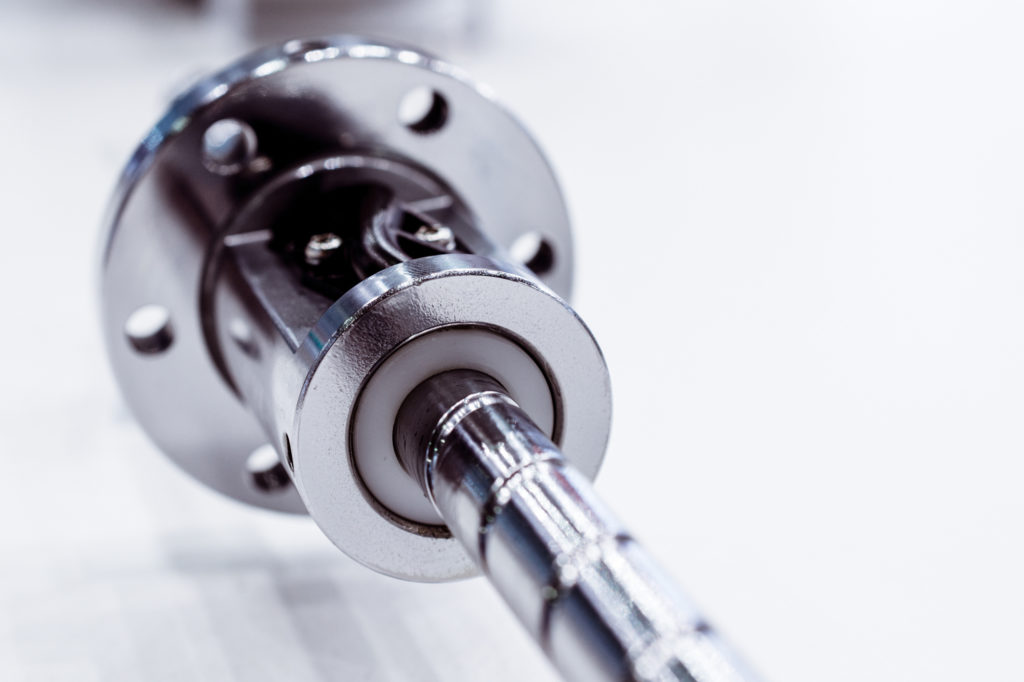Double Acting vs. Spring Return Actuator: What’s the Difference?
The need for industrial valve actuators is ever increasing. From 2018-2022, valve actuators are expected to have a CAGR of 5.31%. As higher demands for actuators grow, you want to make sure you’re purchasing the right one.
Below we will review double acting and spring return actuators. By the end of this review, you will be better armed to make the best decision between the two.
What Is a Valve Actuator?
To operate a valve, you need a valve actuator. The valve actuator works as a power source for the valve.
There are two ways you can control an actuator. One, you can manually operate them using people.
Two, you can have automatic actuators that will do the work for you. These actuators can have three different types of power sources. These include electric, pneumatic, and hydraulic.
Spring return and double acting actuators are used in all types of power sources.

What Is a Spring Return Actuator?
A spring return (aka single) actuator provides power with the use of spring force. Air or liquid is dispersed in one direction to push or pull the piston. This action controls whether the valve will open or close.
For example, a spring return actuator would be good for clamping.
What Is a Double Acting Actuator?
Unlike the spring return actuator, the double acting actuator operates in both directions. Instead of having a spring, the double actuator has ports at each end of the actuator.
Using air or liquid, the pressure is dispersed on both sides of the piston to move it in the direction you desire. For example, you can use a double acting actuator to open and close a gate.
Is There Anything Else That Separates These Actuators?
First, let’s look at torque or thrust strength. When it comes to both of these, they are pretty evenly matched.
Double acting actuators can have higher torque in specific situations. This applies only when there is a need for very high thrust or torque. For example, they’re used more in the oil and gas industry.
Second, we will take a look at safety when power or the signal is lost. Across the board, spring return actuators have the best fail-safe. They tend to be more reliable and simple.
The double acting actuators can be reliable, but they are far more complex.
Finally, when the power or signal is lost, we have to consider the position of the valve. A double acting actuator is best in this situation as it will maintain the last position it had. Pressure will remain on both sides of the actuator to keep the valve in place.
The actuator will continue production where it left off once the power has returned.
Which Actuator Is Right for You?
Does your machinery need double acting or spring return actuators? Figure out what type of machinery you will be operating to know which type of actuator is right for you. Do your research on which types of actuators work best for your specific machines.
If you want to learn more about double acting, spring return, or other types of actuators reach out to us today.

